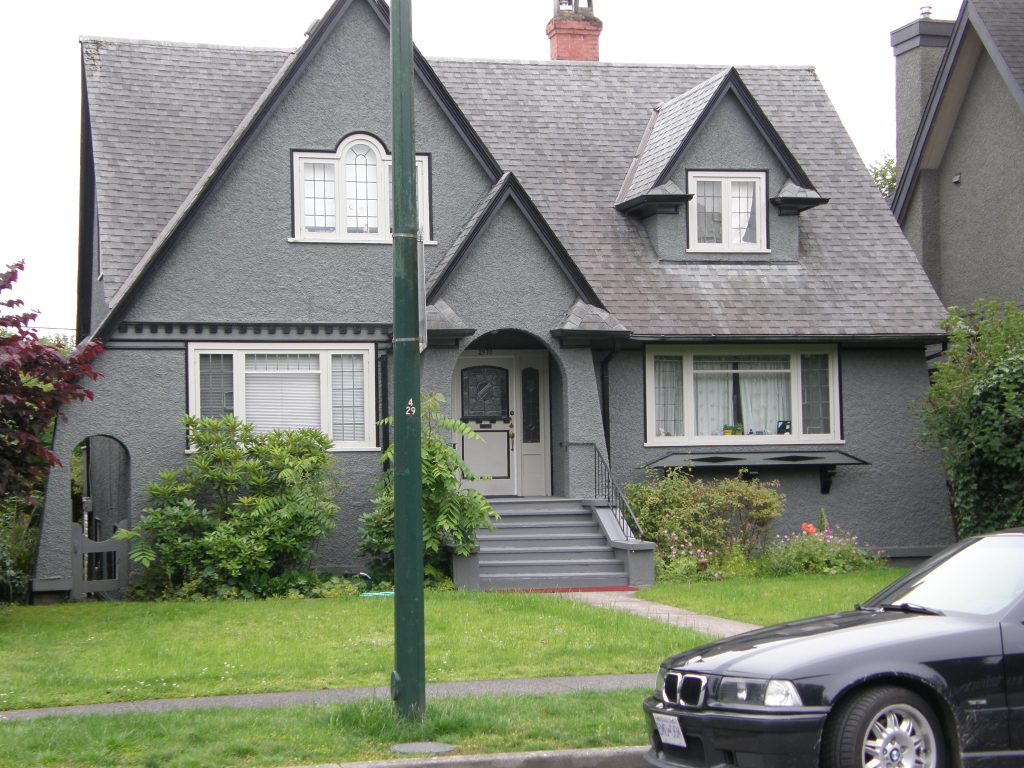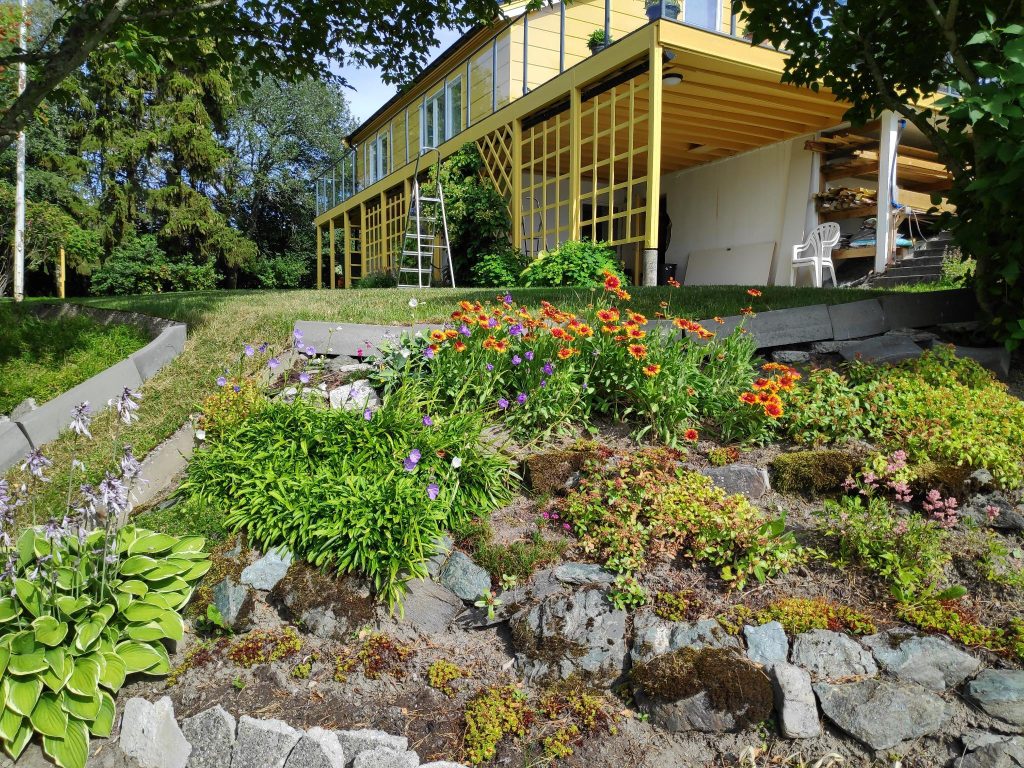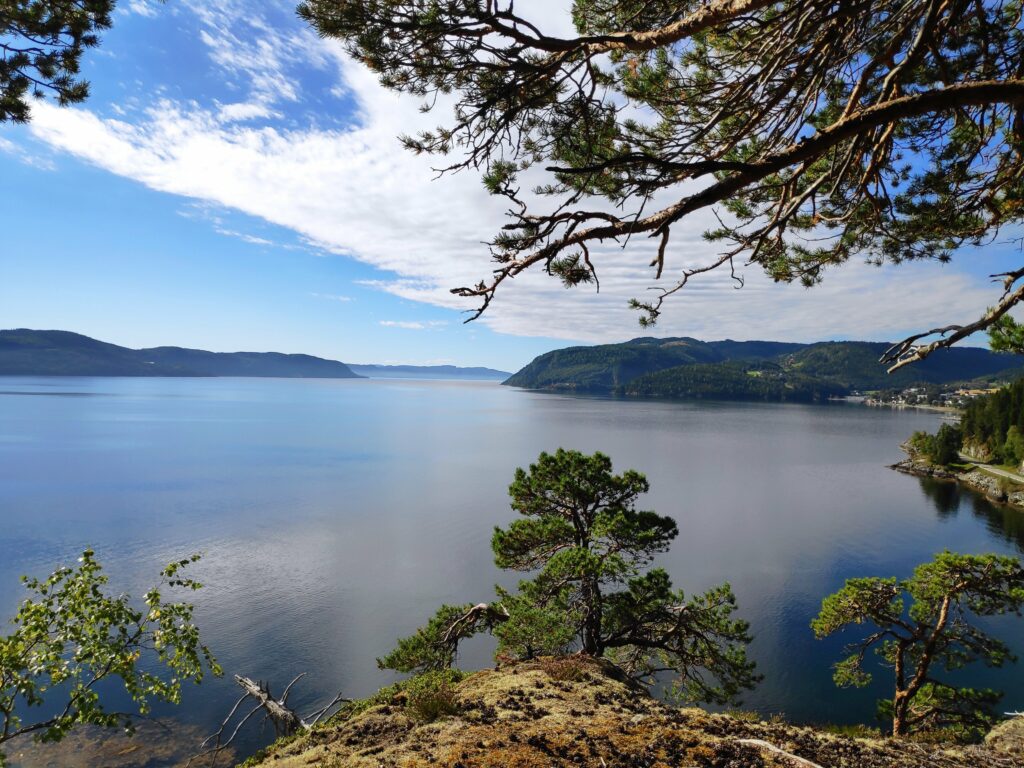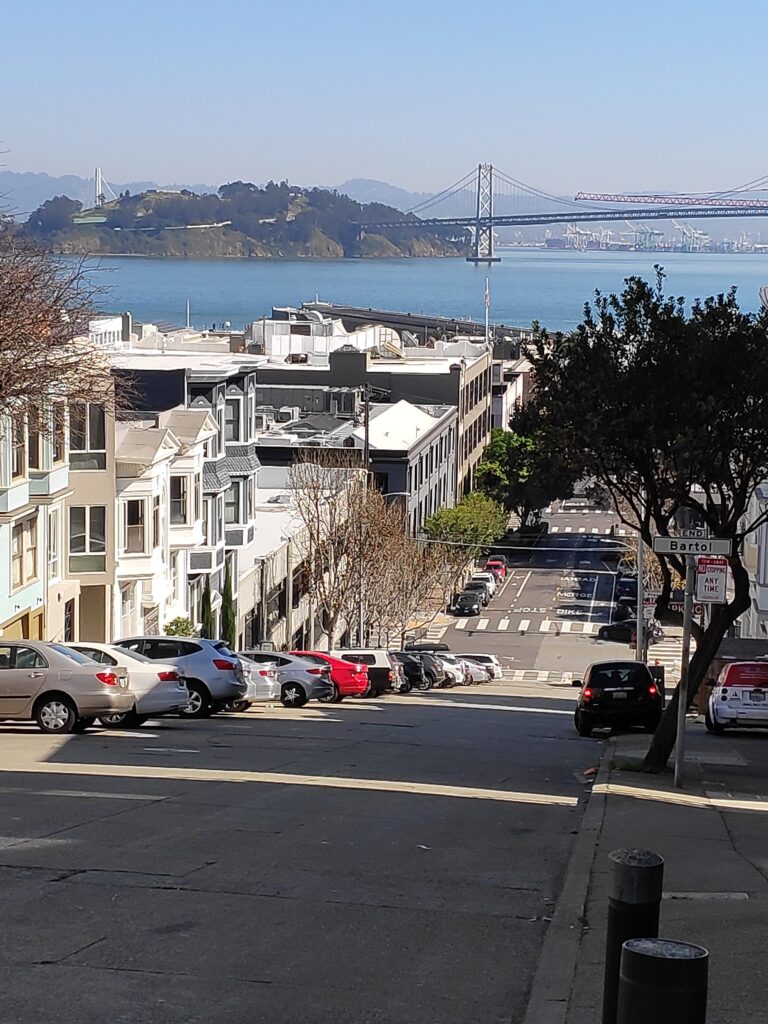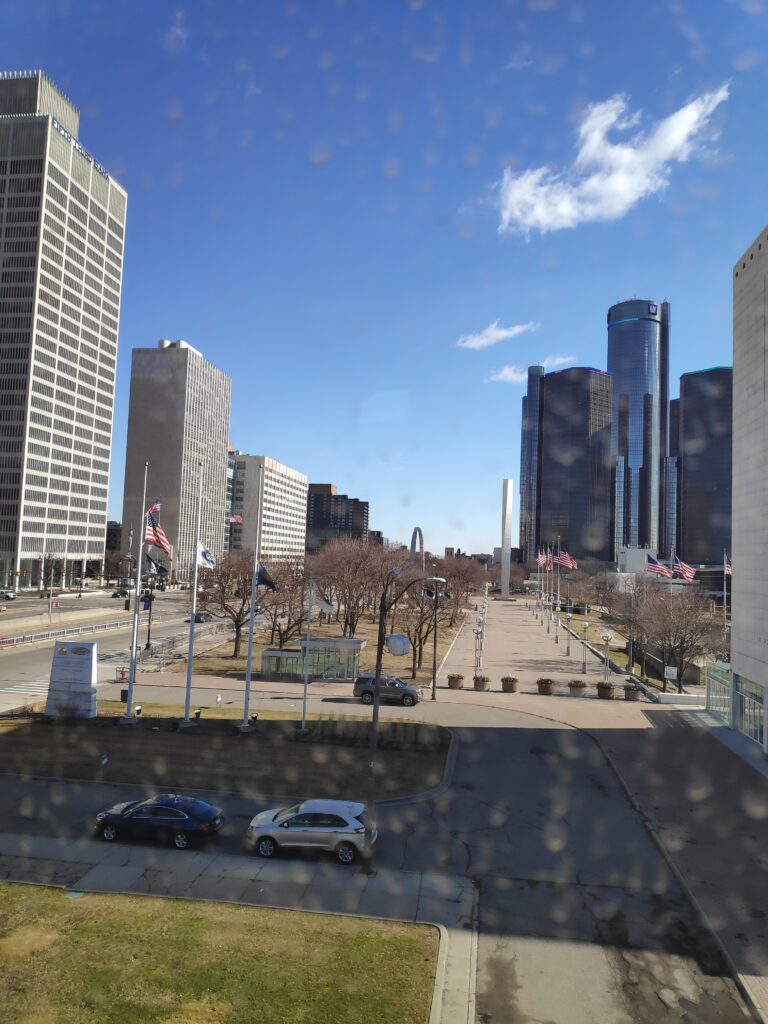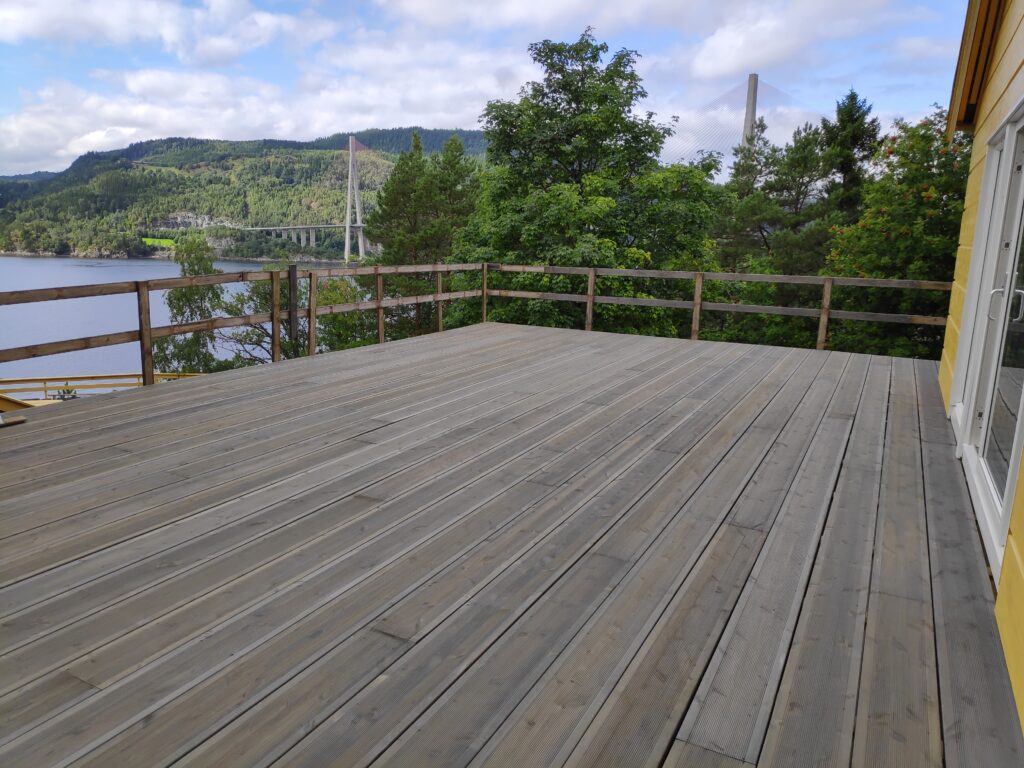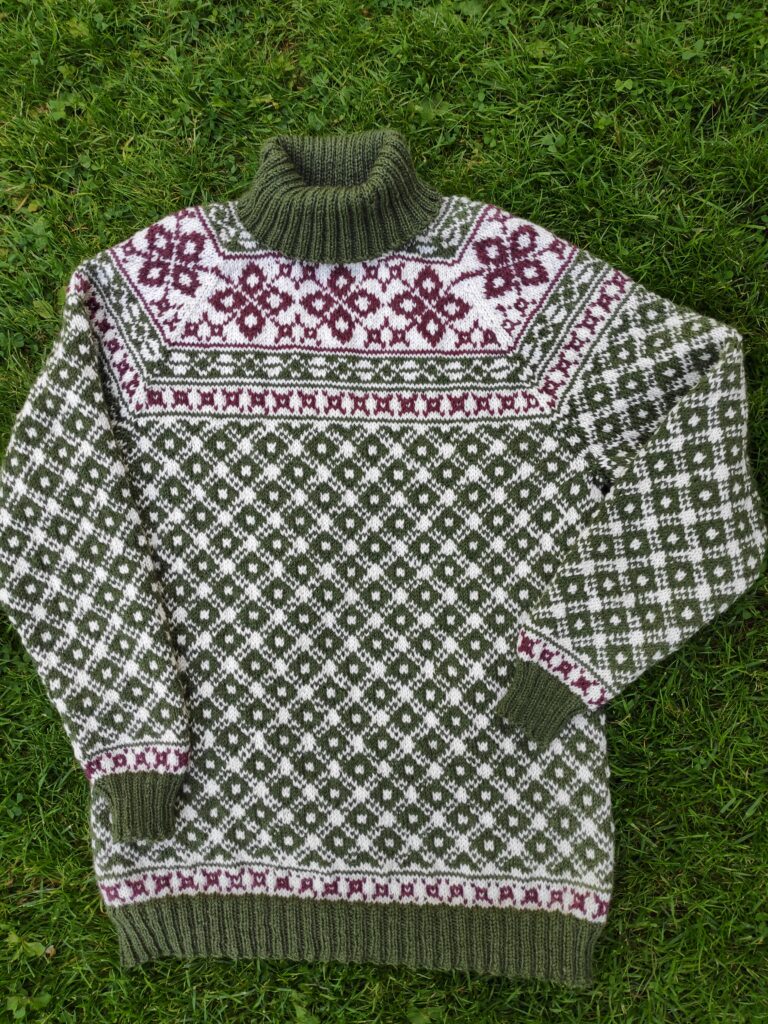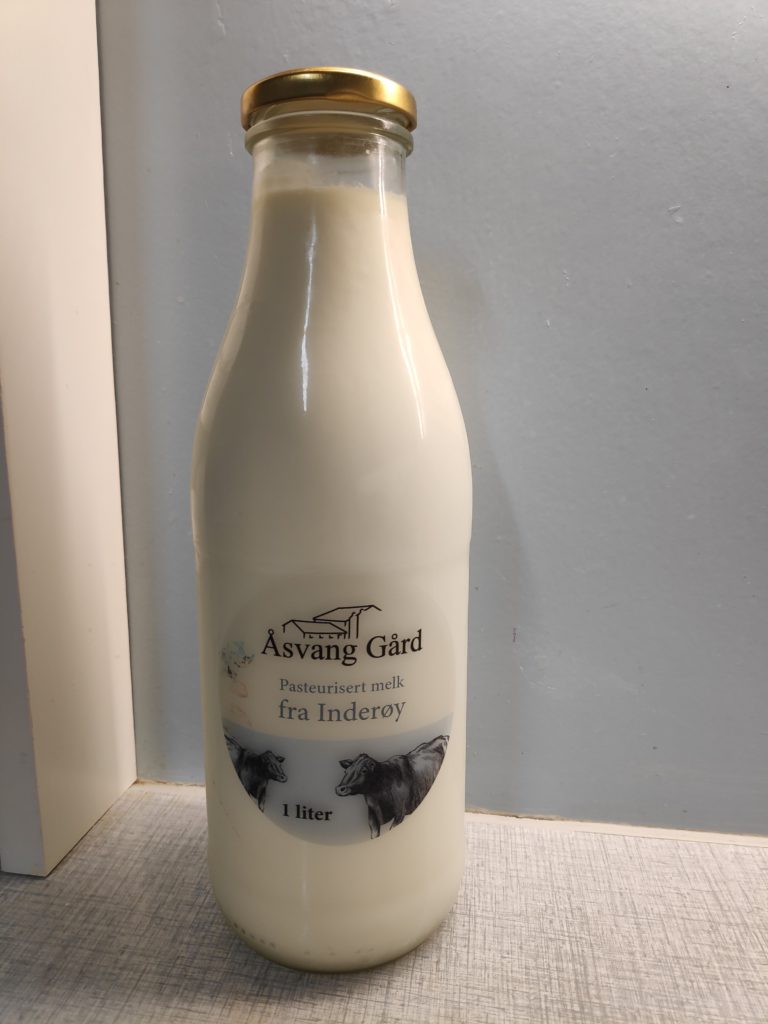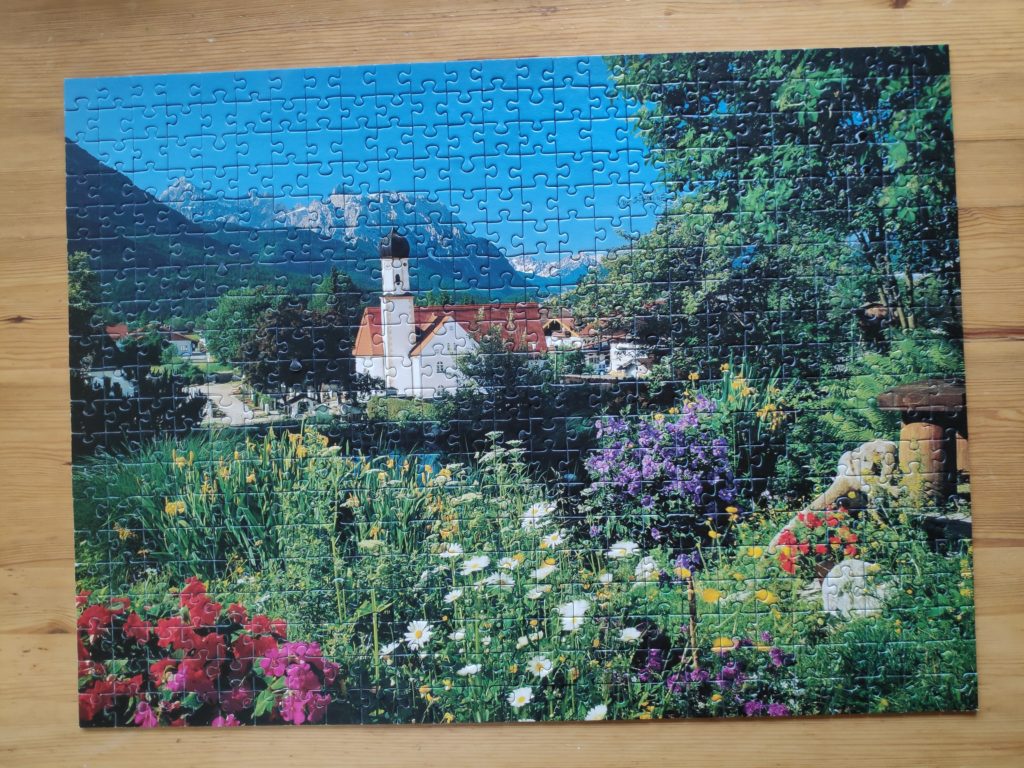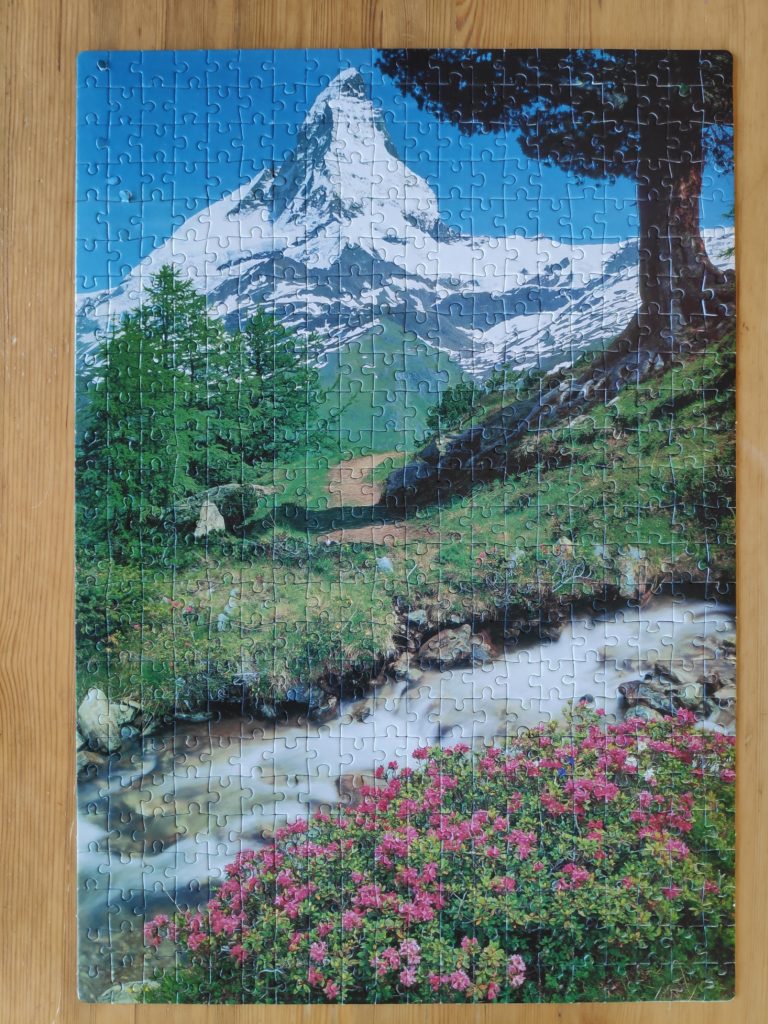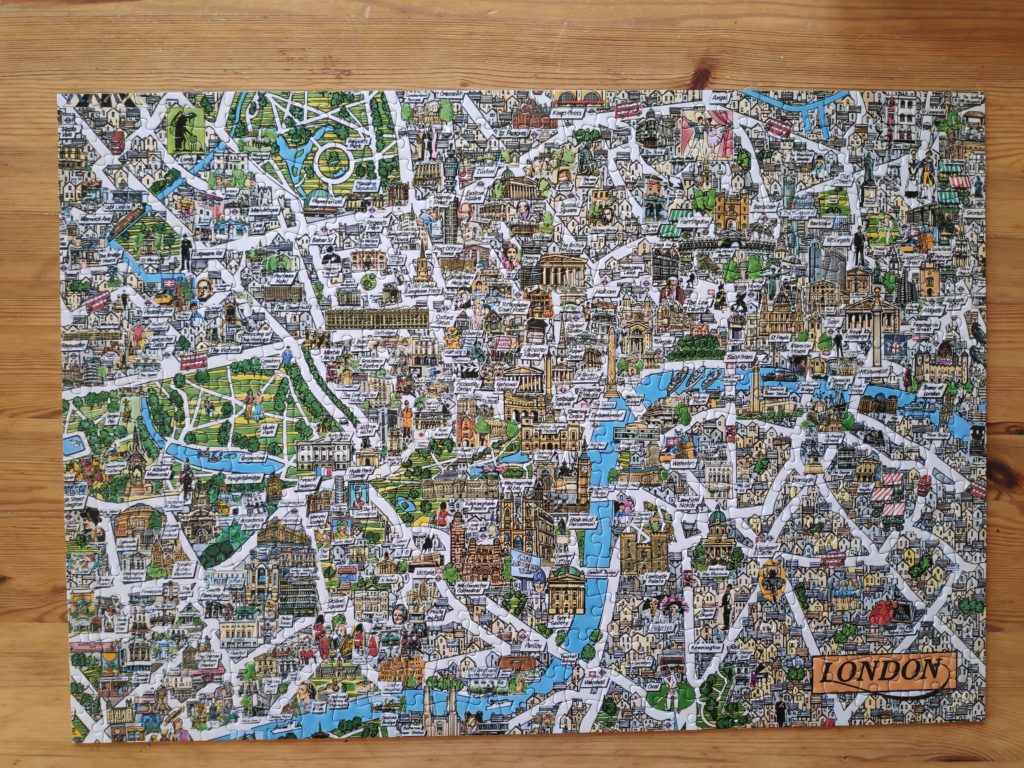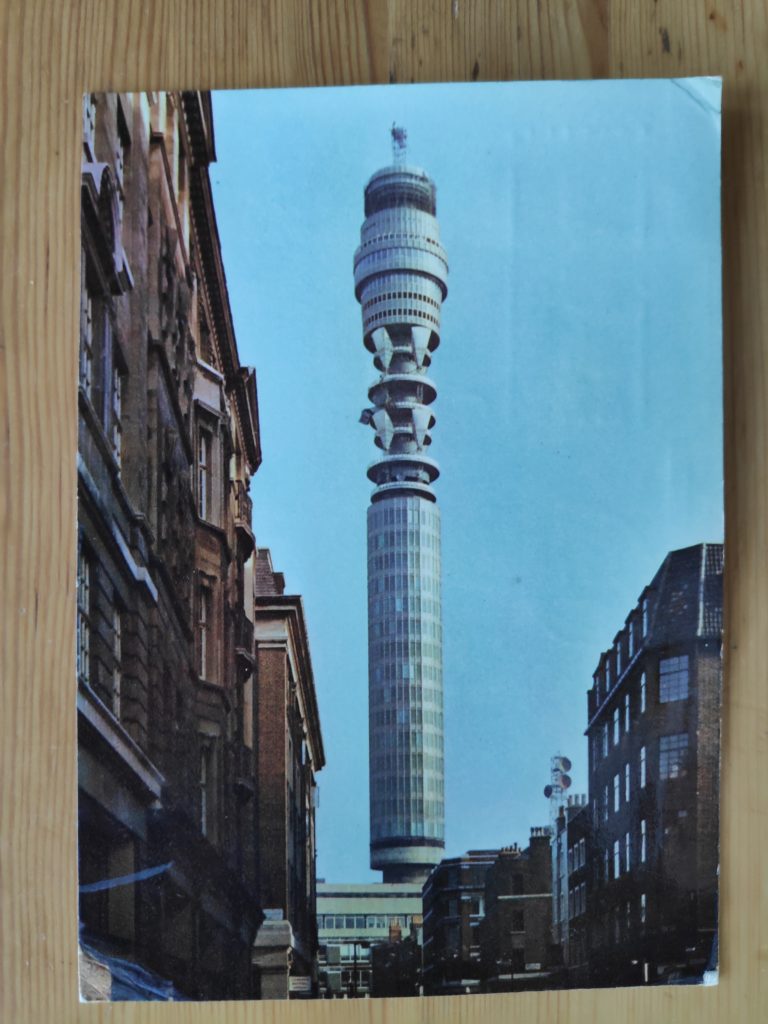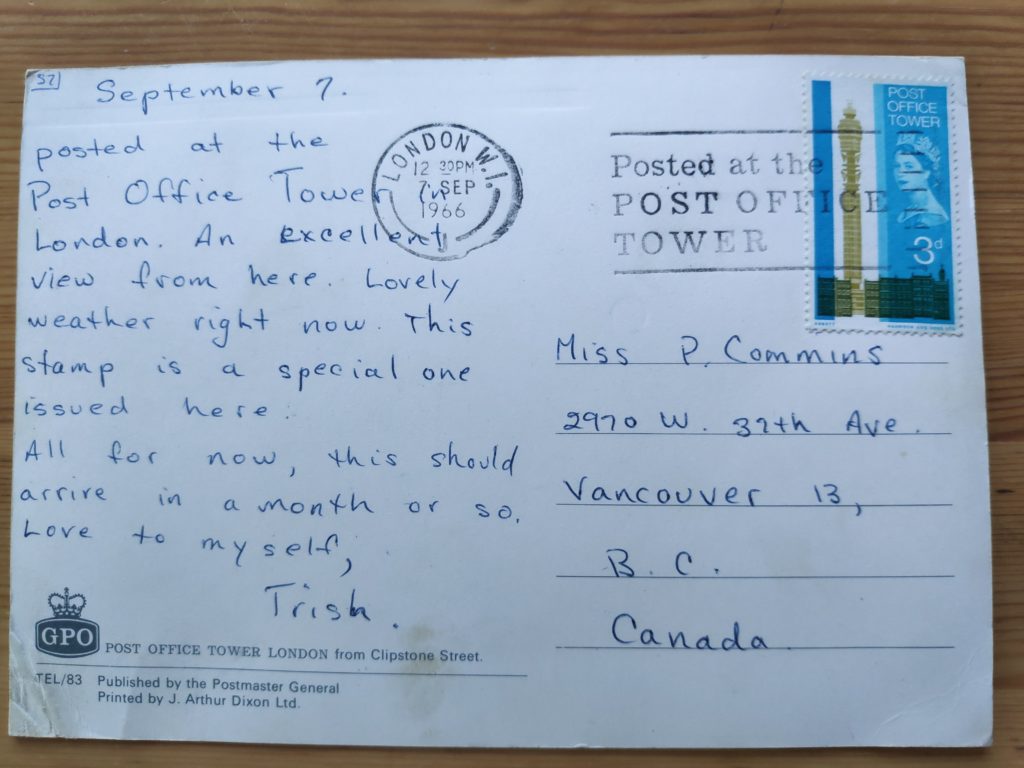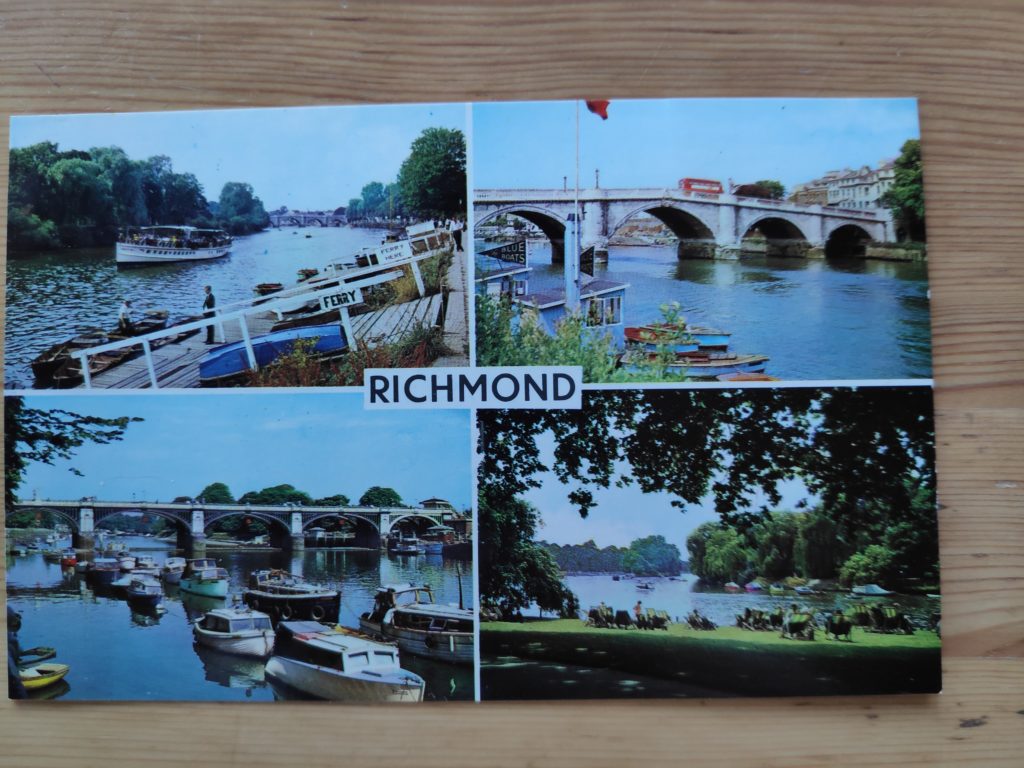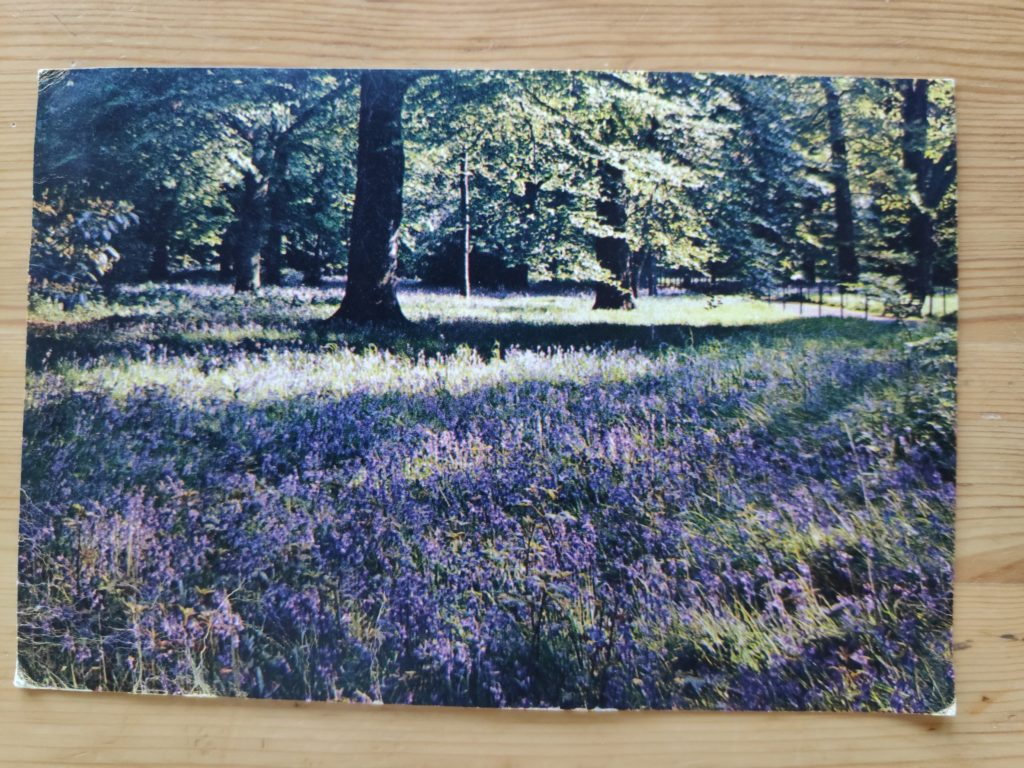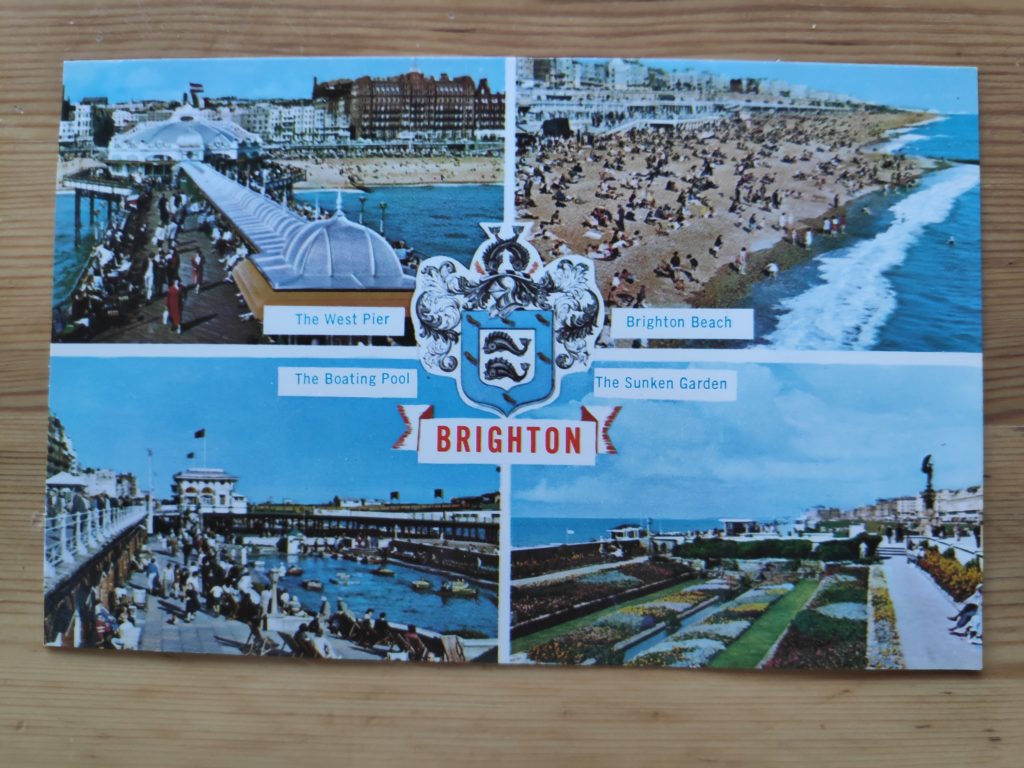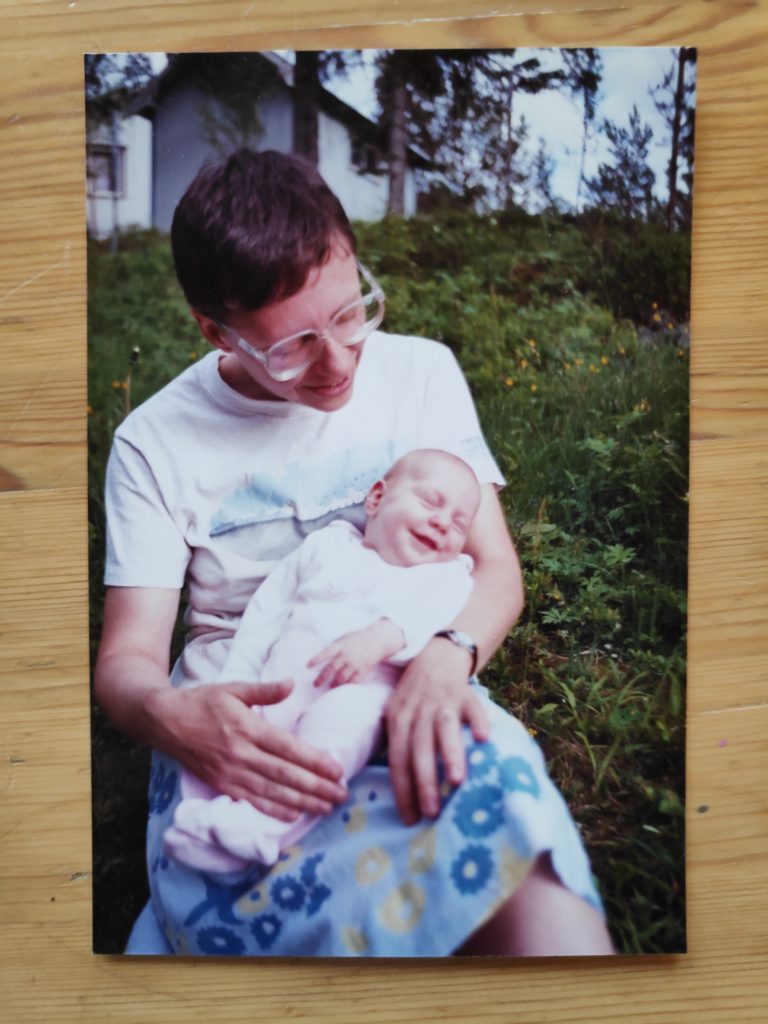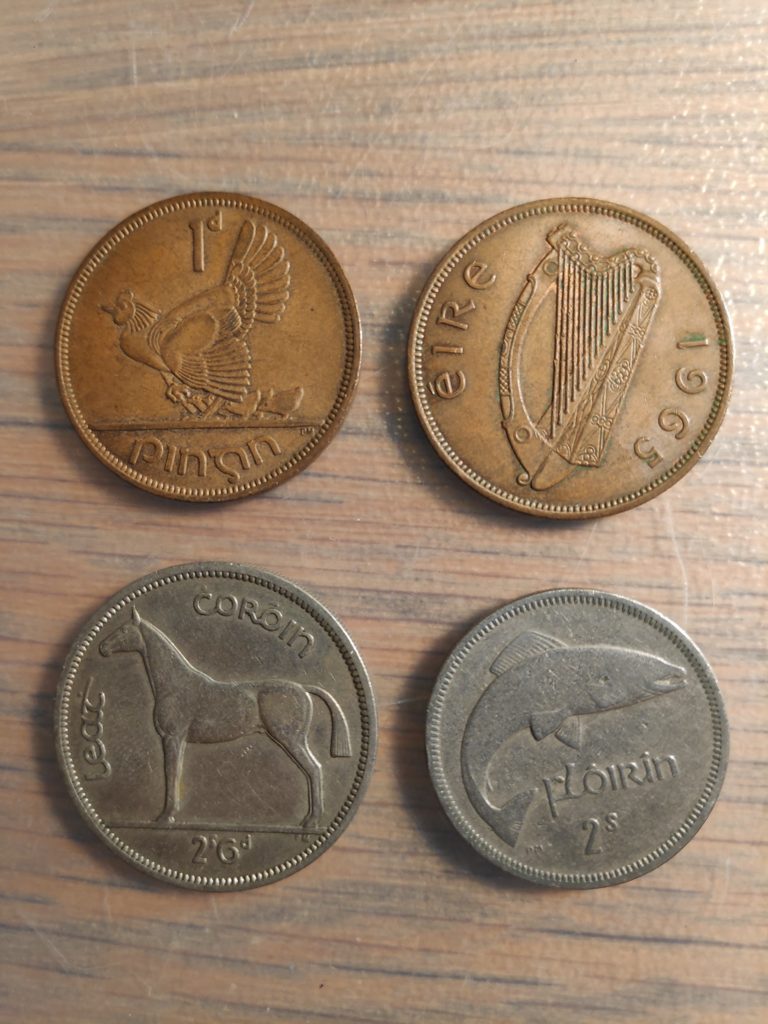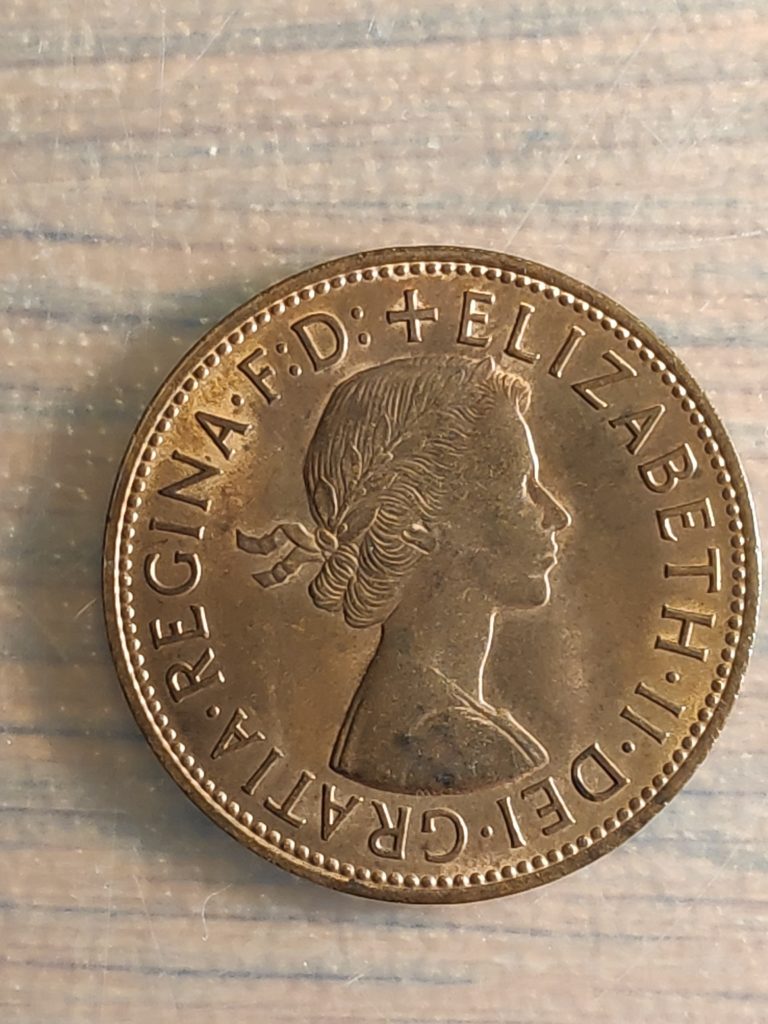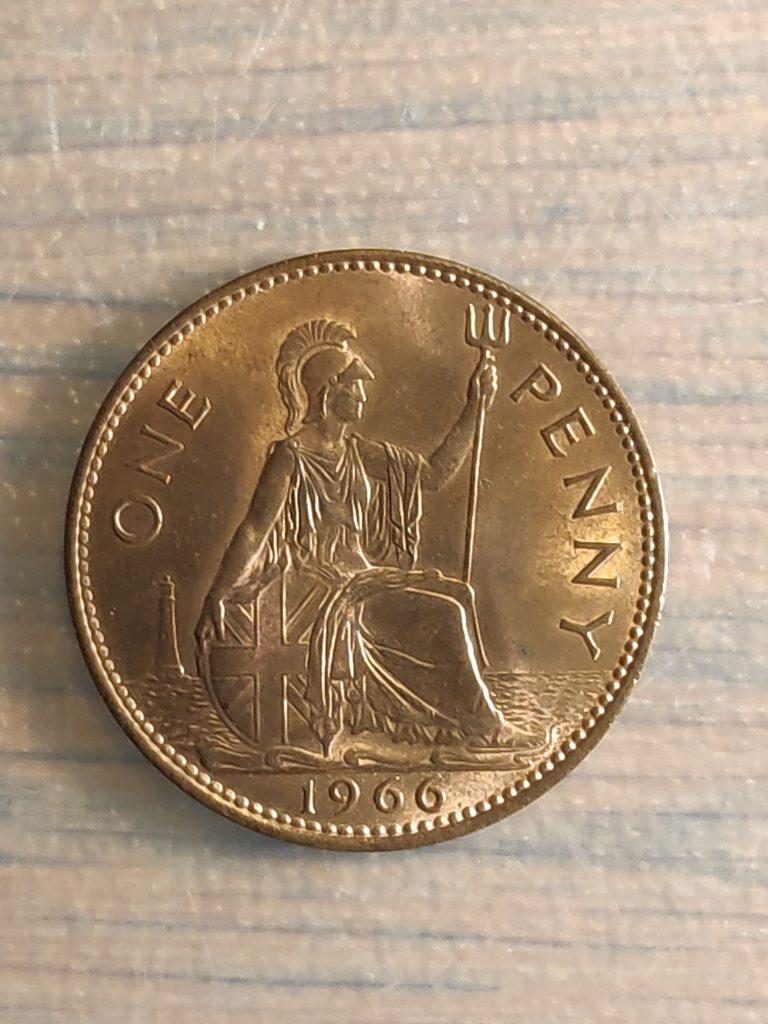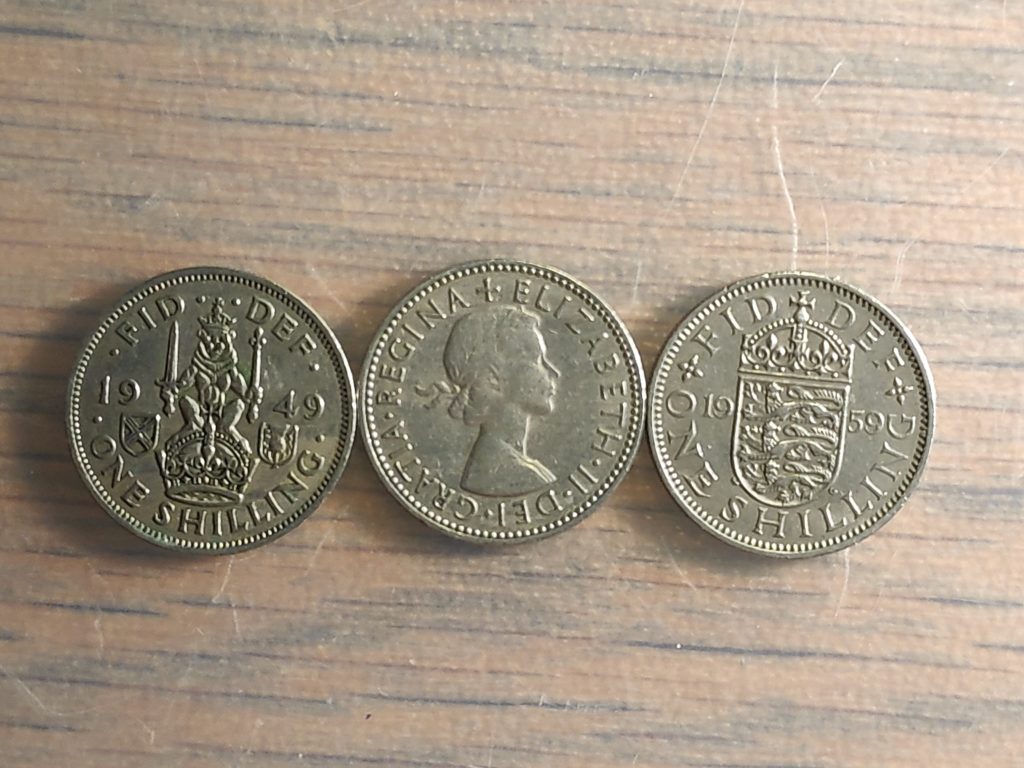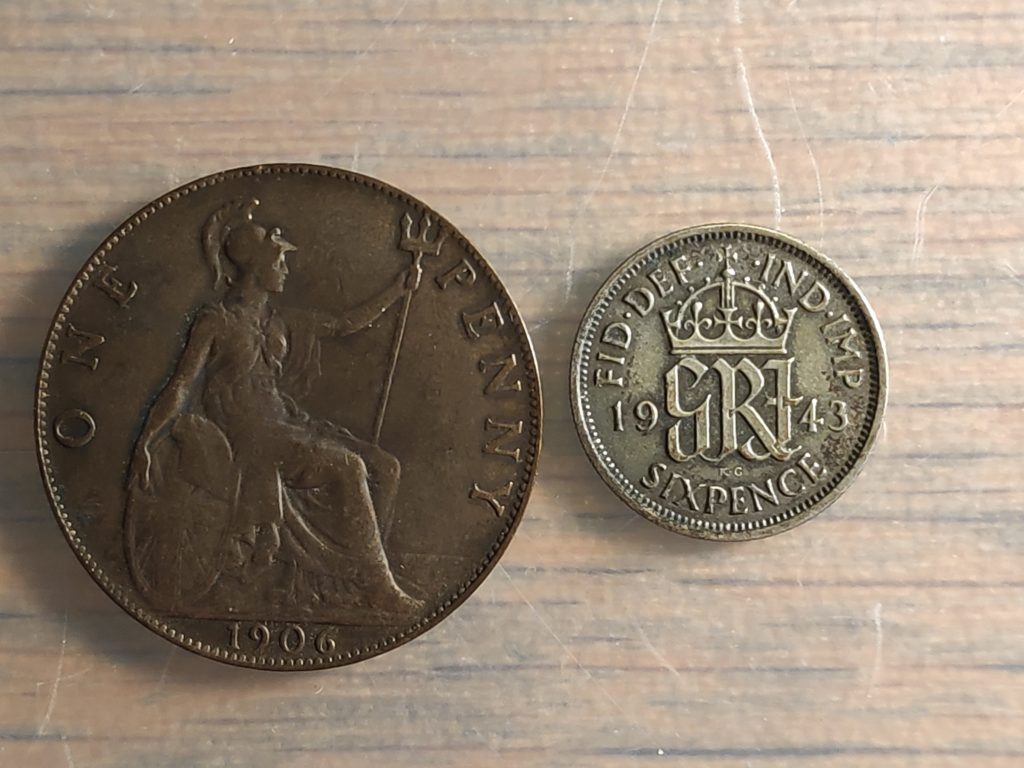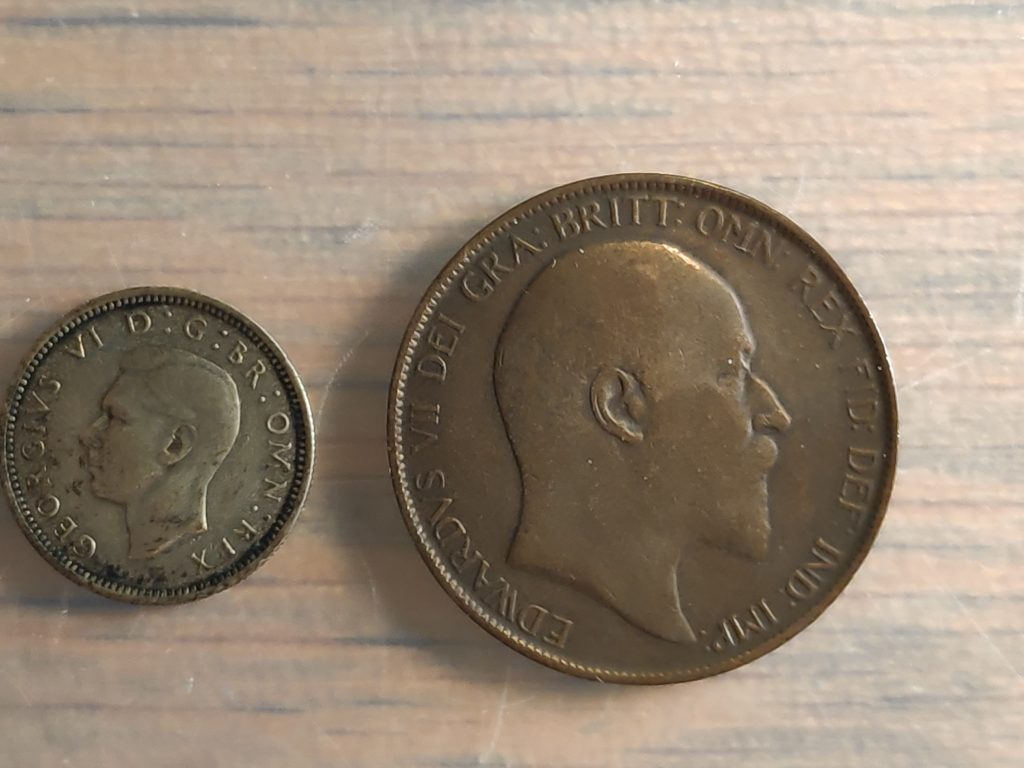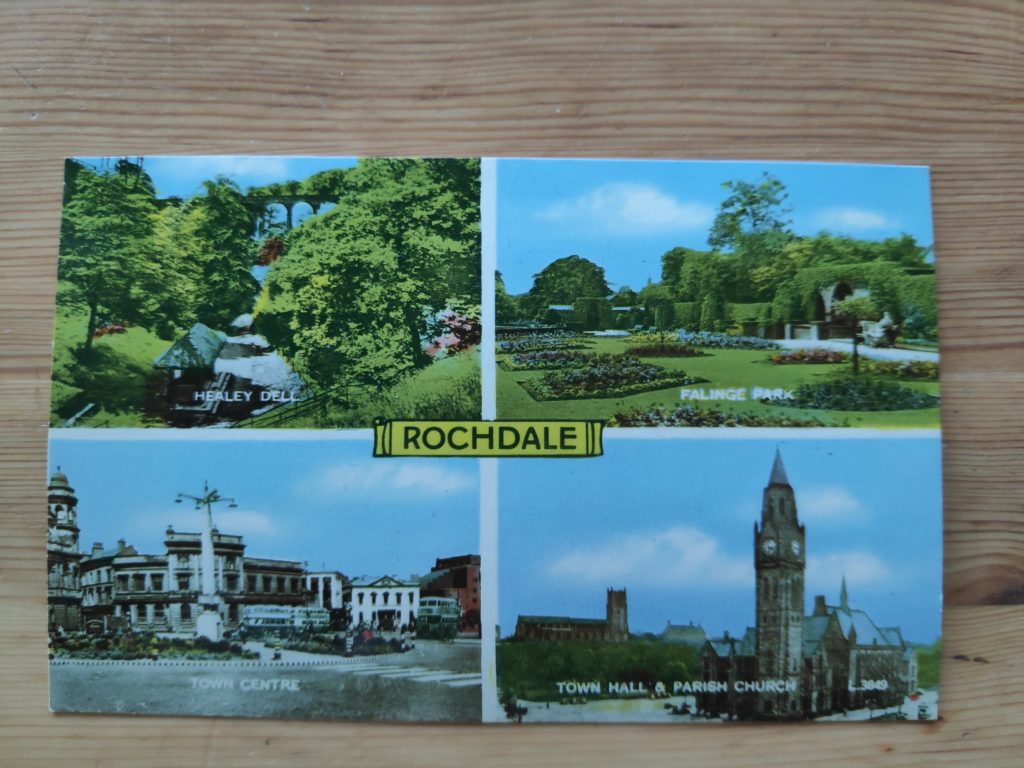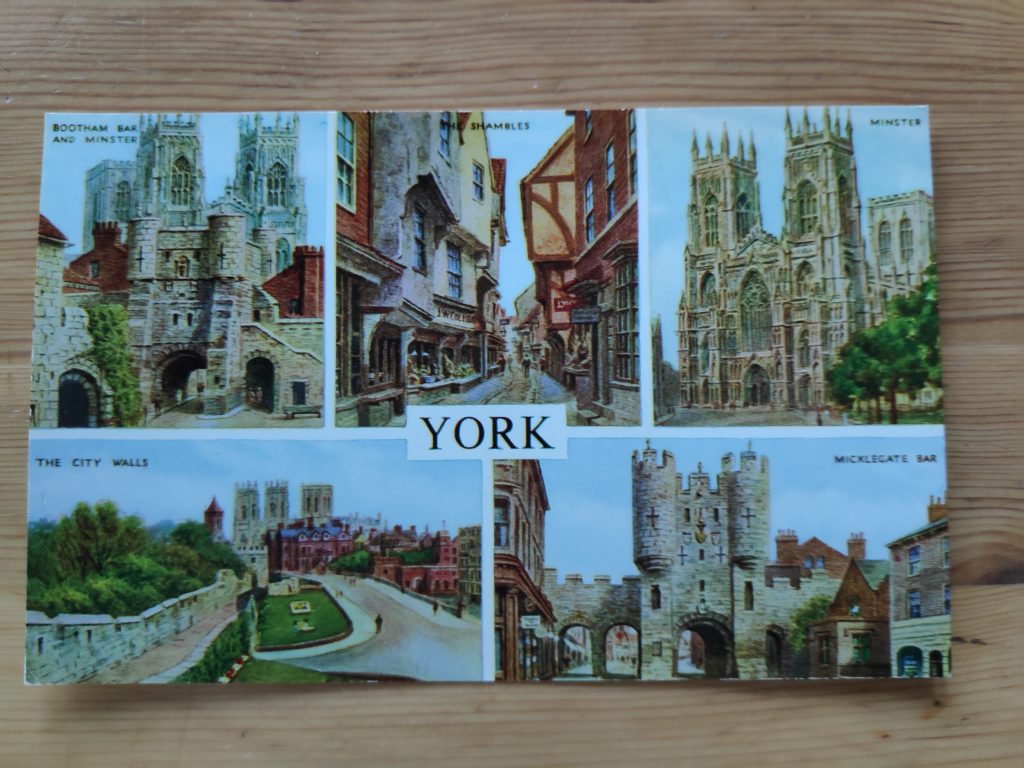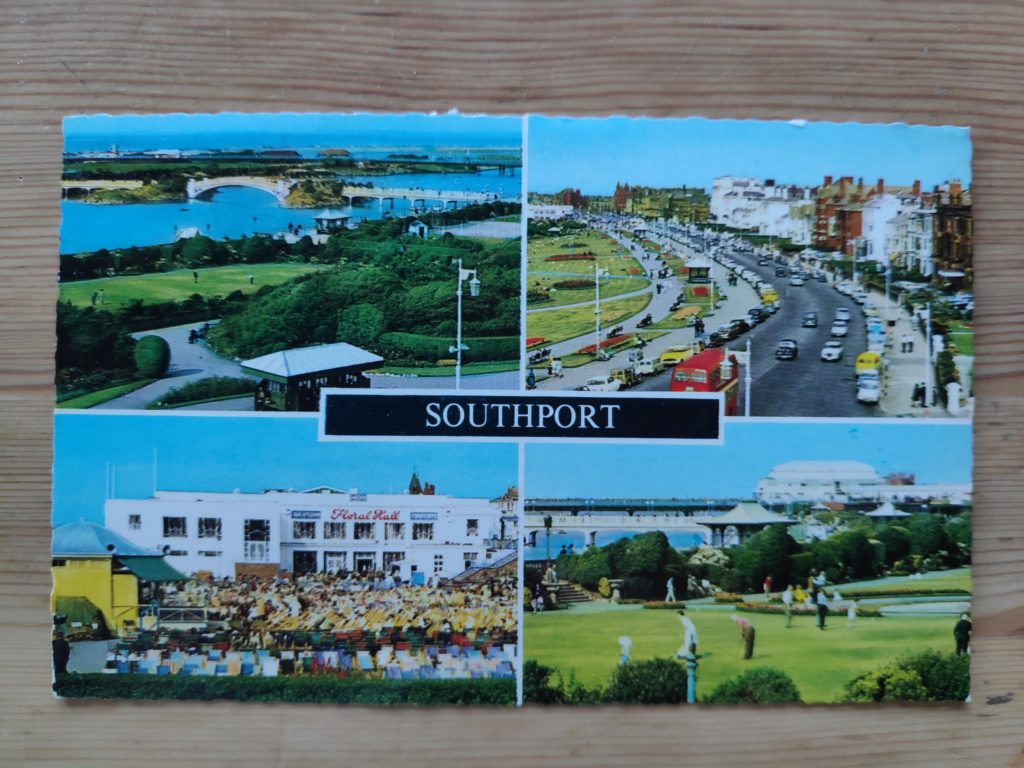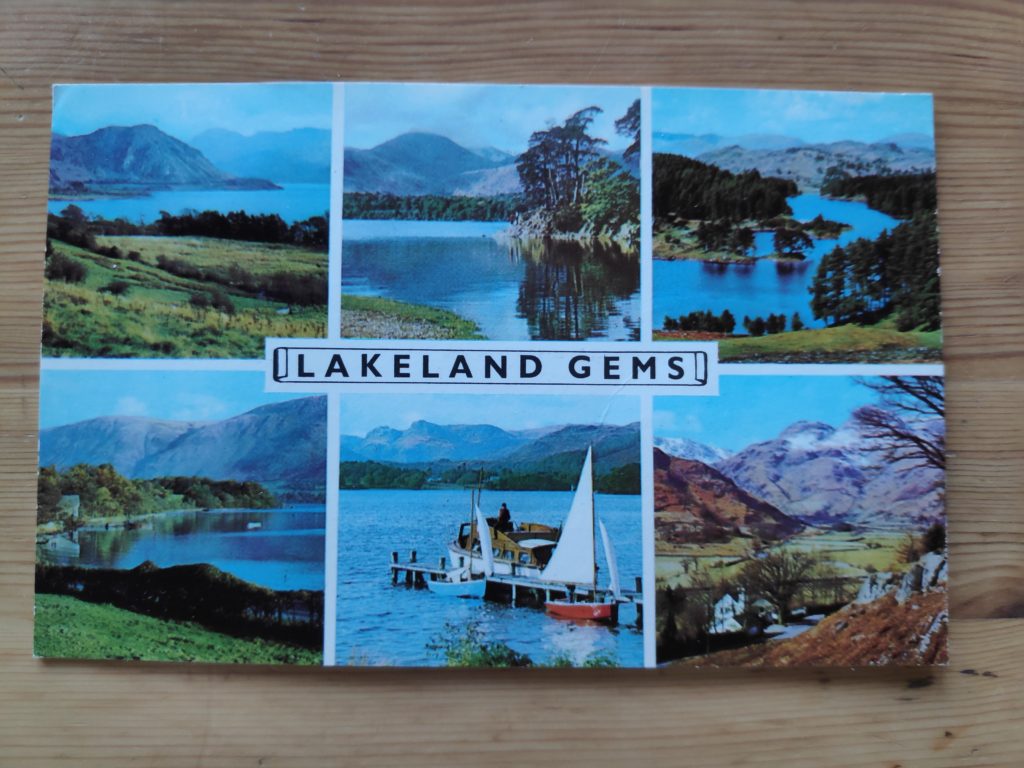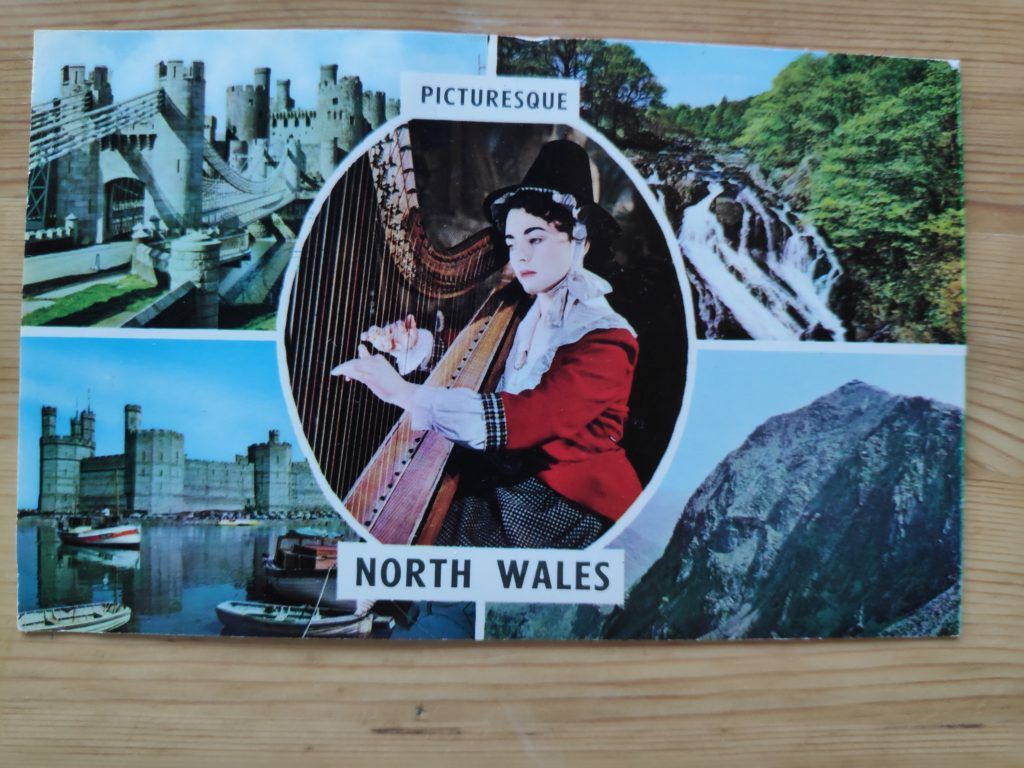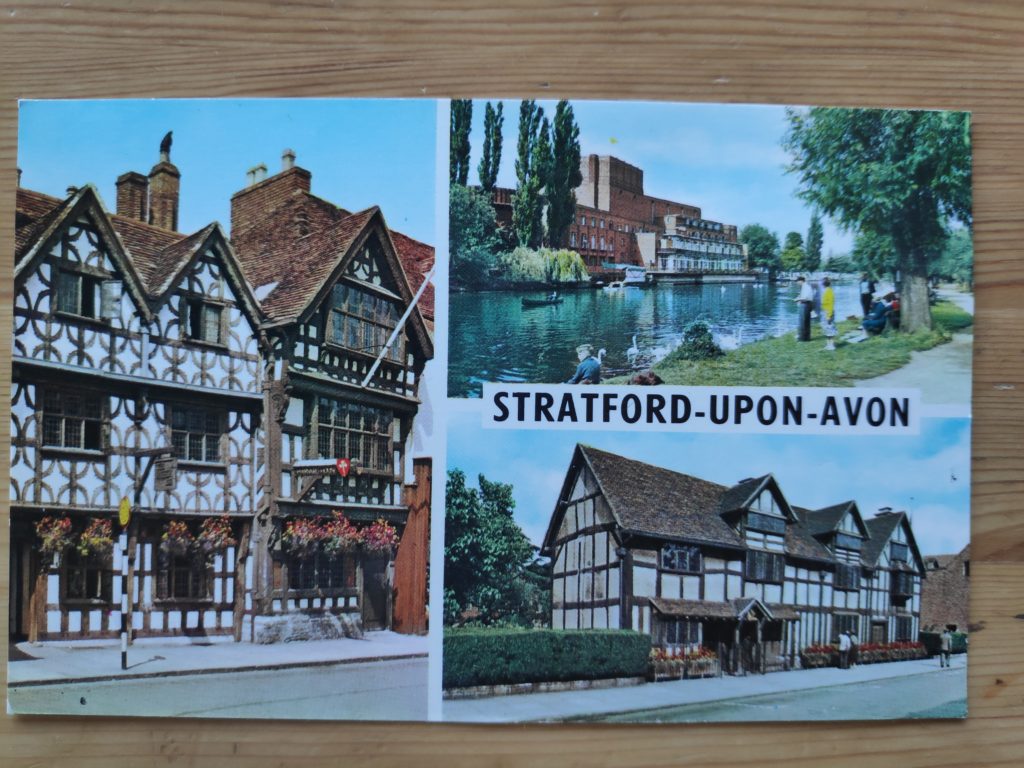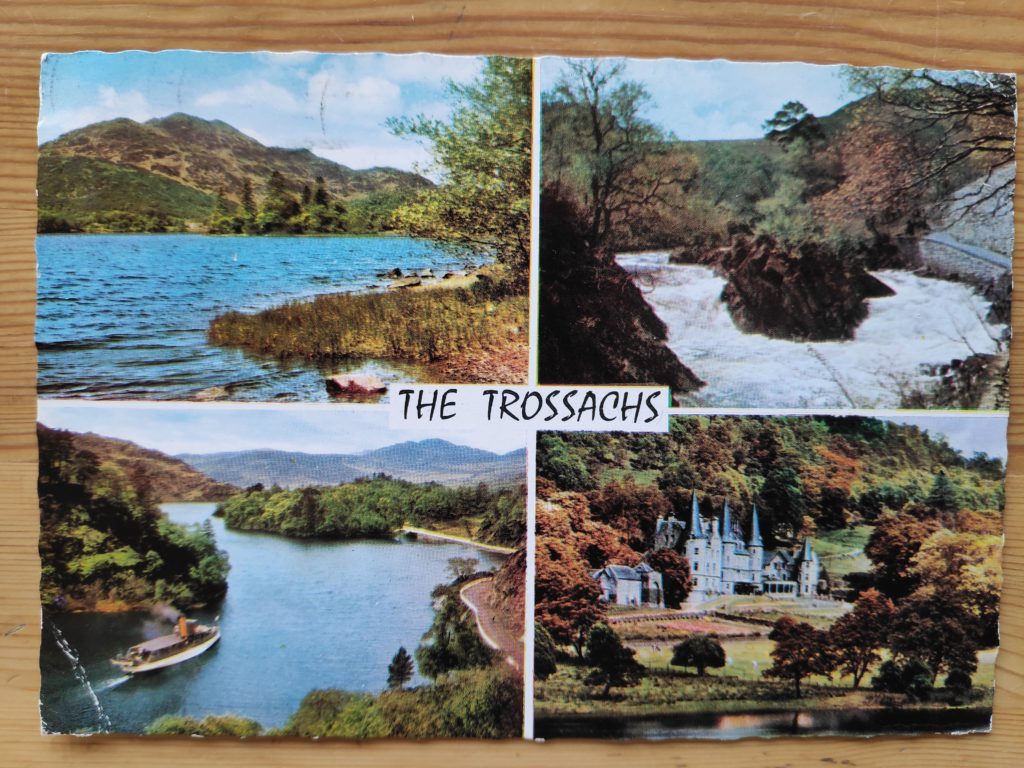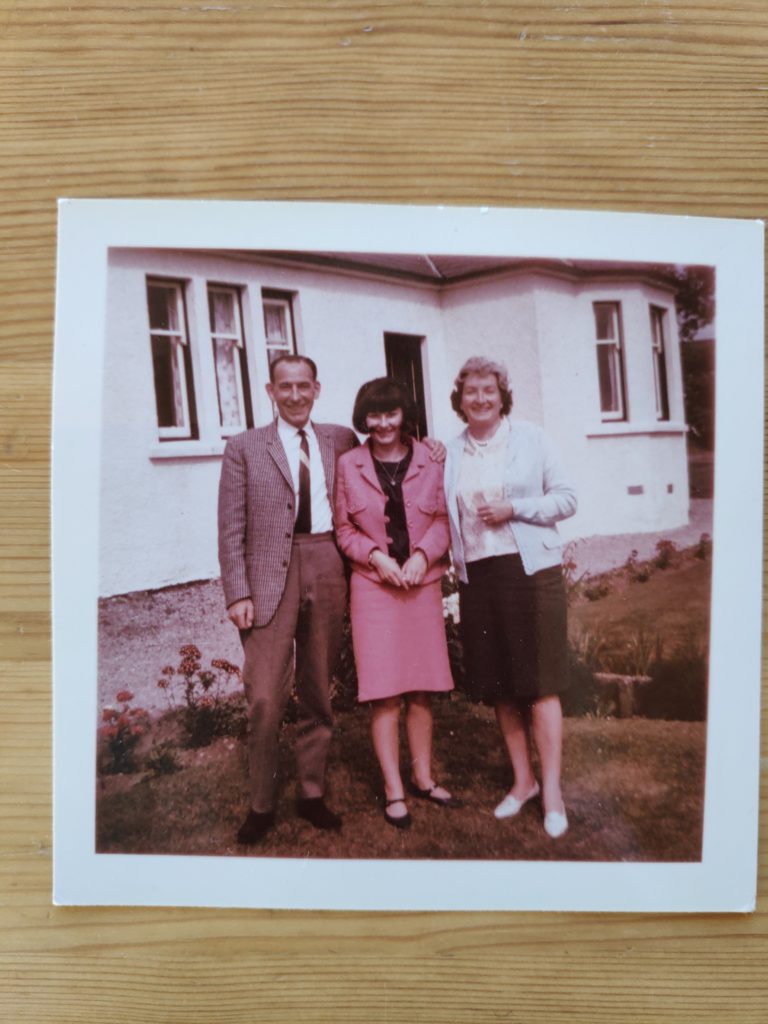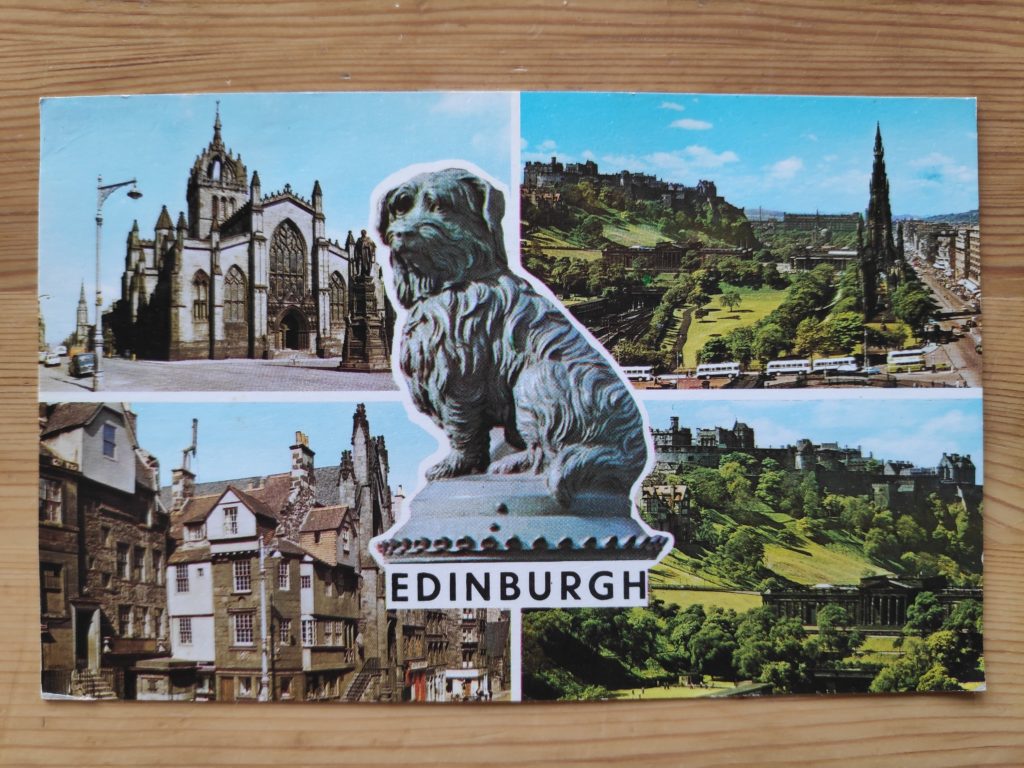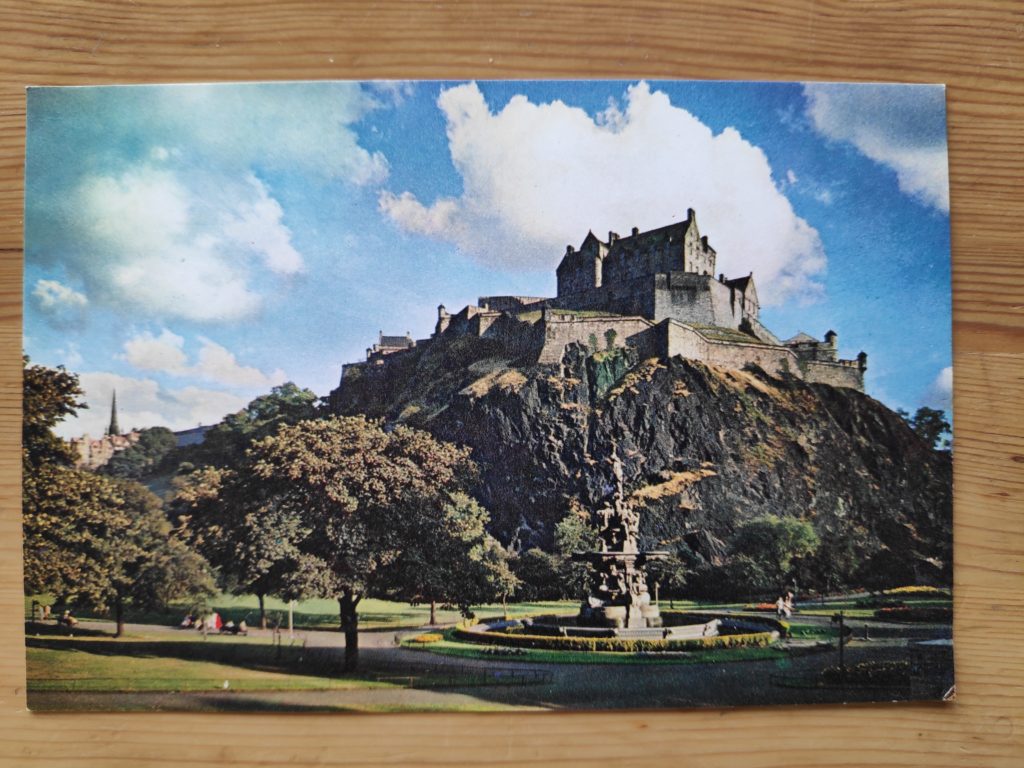When one lives in a rural area in Norway, one sees people cutting down trees for firewood. It is almost the end of the heating season, but many people still have wood stoves for heating their homes. Those who cut down trees themselves are often out at this time of year to get the wood necessary for the next heating season. Personally I am very glad that we have cut out burning wood inside our house. We’ve removed one old wood stove from our living room. No more bad air there.
I have read quite a bit in recent years about climate change and what we have done right and what still has to be done. I’d like to quote Bjørn H. Samset who writes in The Climate Book (published by Allen Lane in 2022):
“If you light a bonfire and look towards the sky, you will see a rising column of smoke. Spreading upwards and outwards, it twirls and thins until it fades to invisibility. But it’s not gone. Smoke particles – one example of what we call aerosols – can remain airborne for days, and in that time they can travel both far afield and high up in the atmosphere. And while there, they have a strong effect on both the weather and the climate.” (page 57)
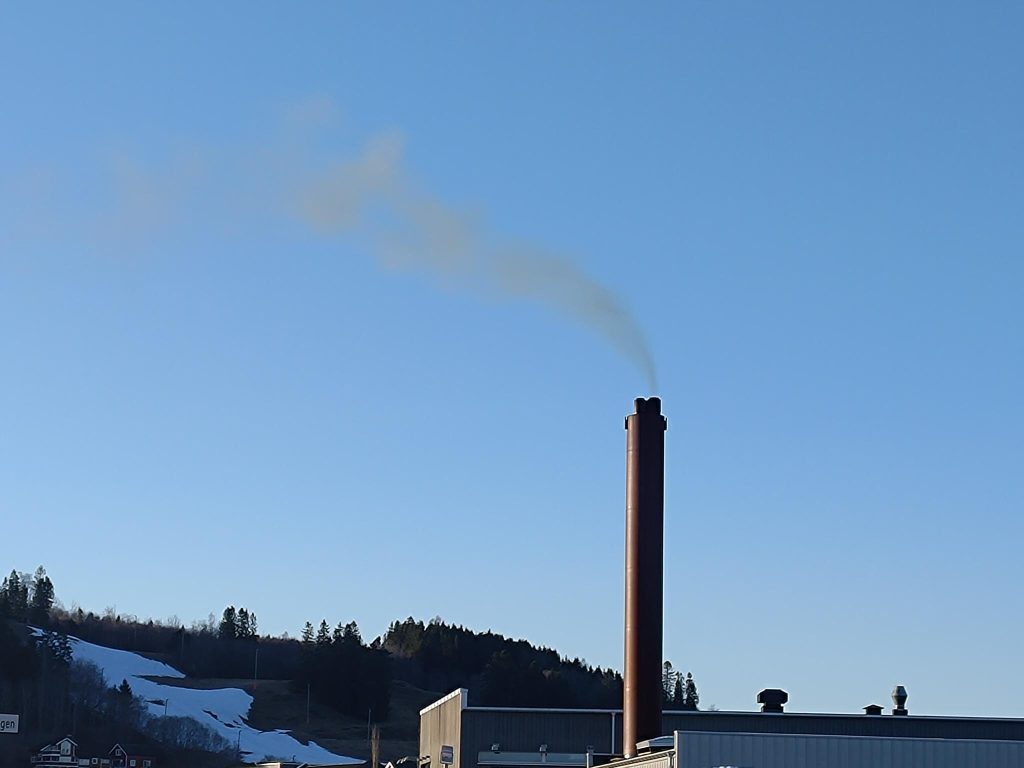
If I am out walking, I can smell when my neighbors are heating their homes with a wood fire. A lot of the electricity in Norway is made with hydro power and some is made with wind. Neither of these types of energy production pollutes the air, though there may be other disadvantages. In this blog, I’m wanting to mainly focus on air pollution. With the rise of electricity prices in the last year or so, heating homes with wood has again became popular, as people are trying to reduce the cost of heating their homes. Their electricity bill might be lower, but is burning wood a good alternative to using electricity produced by water or air power? Electricity can be used for heating, either using space heaters or a heat pump.
If we look at historical methods of creating energy, burning wood is one of the oldest methods. Open fires inside homes for cooking food was still common in the 19th century. Baking ovens were used, but meat was usually cooked in large fireplaces over an open fire (i.e. roasted). In countries like England, wood became a scarce resource as trees were cut down and not replaced. The discovery of coal made possible the transition to burning coal instead of wood. But coal also pollutes the air when burned and was one of the causes of very bad air in London, England during the 19th century.
When I was small we had a furnace in our house that burned coal in a closed stove in the basement and sent heated air throughout the house. There was a storage space for coal inside the basement. Coal is very dirty to handle and there was an automatic feeder to get the coal into the furnace. This was replaced, probably in about 1966, with a natural gas furnace.
The house I grew up in was built in the 1920s and at that time, the City of Vancouver was piping natural gas to new housing as a cleaner alternative to coal or sawdust. As far back as I can remember, we had a gas stove and oven in the kitchen when I was a child. There was a constant flame, a pilot light, which then lit the burner that one wanted to use. As I think about this now, I am surprised that people accepted an open flame in the kitchen. Though gas is a cleaner burning fuel than either wood or coal, it is still a fossil fuel that creates air pollution.
I have always had a sniffy nose and though I now think of it as primarily a reaction to pollen. As I have been writing this, I have been wondering how much my physical development as a child was affected by the burning of “dirty” fuels in my home. When I was about 10 years old, I suffered a lot from constant coughing. Was it indoor air pollution, or pollen from the fruit trees in our yard?
Looking at Our World in Data, they separate air pollution in two categories, indoor and outdoor. Let’s look at some of the information that they have on these two categories.
Indoor Air Pollution
“Indoor air pollution is caused by burning solid fuel sources – such as firewood, crop waste, and dung – for cooking and heating. Burning such fuels, particularly in poor households, results in air pollution that leads to respiratory diseases, which can result in premature death. The WHO calls indoor air pollution “the world’s largest single environmental health risk.” (from OWID)
Note that indoor air pollution primarily comes from cooking and heating, and its severity would depend on what was actually being burned and how good the ventilation was. There is a distinction between solid fuels, such as dung, wood, charcoal, and coal, and non-solid fuels, such as kerosene, methanol, natural gas and electricity. Access to clean cooking fuels, such as electricity, improve as a family’s income improves and as the standards within a country improve. I see this also in my childhood, where heating was first coal, then natural gas, and cooking was natural gas, then electricity. The change came about as my parents were able to afford a better standard of living in the 1960s than in the early 1950s.
Looking at the charts available at Our World in Data, Europe and North America come out with the least indoor pollution as here there is better access to clean cooking and heating fuels. If you find looking at charts interesting, I suggest you go browse their website.
Outdoor Air Pollution
According to Our World in Data, outdoor air pollution is one of the world’s largest health and environmental problems. Outdoor air pollution is a risk factor for several of the world’s leading causes of death, including stroke, heart disease, lung cancer, and respiratory diseases, such as asthma. Is the rise of asthma in European and North American countries attributable to worsening outdoor air pollution? I don’t know the answer, but I imagine there is a connection.
Some of the sources of outdoor air pollution can be:
- industrial plants that put pollutants in the air
- burning solid fuels to make electricity
- vehicles that burn gasoline or diesel
- wild fires which put a lot of small particles in the air
Many air pollutants contribute to the small particles that float in the air. As we age, our exposure to these types of pollutants accumulate and can affect our health. At the moment I live in an area with relatively low air pollution, so that most of the year I enjoy sleeping with a window open so that I get fresh air while I’m sleeping.
However, there are three types of outdoor air pollution that still affect me.
- Wood smoke, or the burning of dry grass or refuse. Both of these can be common in a rural area in Norway. In winter, there are people heating their homes with wood fires. In spring, dry grass or garden refuse may be burnt so that it disappears. In summer, there is the burning of charcoal in grills, by people who think that this is a great way to prepare food outdoors.
- Gases from animal manure, particularly as it is being spread on the fields near me. The older technique was spraying the manure in the air so that it spread over a wide area. This technique was terribly polluting and created bad air for several days, until the field was either plowed or it rained heavily. Fortunately, farmers here have learned new techniques with new equipment, whereby the liquid manure is forced into the ground rather than up in the air. Now there is much less of a smell of manure which I’m sure also means that there is less pollution from it.
- Pollen, from flowers and trees, can also affect me. I don’t react to everything and how much pollen there is in the air will vary from day to day. Some years can be quite bad and other years I am affected a lot less. Many people have it a lot worse than myself. However I have stopped drying clothes outdoors so that I don’t get pollen on my clothes. Filters on ventilation systems can also improve air quality indoors.
Conclusion
I grew up in a house built about 1926 so the standards that were relevant at that time, have hopefully been improved by 2024. In fact, I have read that Vancouver is no longer allowing natural gas installations in new housing. Heating with coal and cooking with gas should be replaced with cleaner fuels.
I live in a house which was built in 1963 and we have improved it since then. There is more insulation now and better windows with three layers of glass so that we use much less electricity to heat the house now than we did even 10 years ago. We also use electricity to cook, using an induction stove top which uses electricity much more efficiently than older styles of cook tops.
Even though I live in an area with little air pollution, either indoors or outdoors, I can still have problems. How much of my problem is a result of pollution in my childhood I will never know, but I do think it is a possibility. However, every individual has to adapt their living conditions to their own sensitivity to air pollution. Parents also have a responsibility for giving their children a good environment to grow up in. For myself, living in a rural area helps, and getting rid of local polluting devices, such as a wood stove and a diesel car, have improved my living conditions.

